
CALGARY – Investigators with the Transportation Safety Board of Canada say the Canadian Pacific grain train that derailed in British Columbia on Monday, killing three railroaders, “started to move on its own” following a crew change.
On Tuesday morning, TSB investigators held a press conference to update the media on their inquiry into this week’s fatal derailment near Field, British Columbia. Investigators cautioned that they were still in the early stages of figuring out why the westbound train derailed near the famed Spiral Tunnels on CP’s Laggan Subdivision, but that they have been able to confirm a few key details.
“It’s too early to say what might have caused this derailment,” says James Carmichael, TSB senior investigator.
The initial investigation has found that the train had been stopped for two hours at Partridge, a siding near the Alberta-British Columbia border west of Lake Louise, Alberta. Not long after the new crew arrived, but before they had permission to depart, the train began to roll west. No hand brakes were applied on the train. The crew was unable to stop the train and it rolled downhill for about two miles. The train derailed at about 1:30 a.m. after exiting the Upper Spiral Tunnel. The speed limit through the Spiral Tunnels is 20 mph. Investigators have not yet determined how fast the train was going when it derailed but say it was obviously exceeding the posted limit.
The train consisted of three locomotives and 112 covered hoppers. Everything but 13 cars and the rear-end DPU derailed in three different locations, including along the Trans-Canada Highway. The lead locomotive, where the three person crew was located, ended up falling off a bridge and in the Kicking Horse River.
According to CP officials, the three-person crew included conductor Dylan Paradis, engineer Andrew Dockrell, and trainee Daniel Waldenberger-Bulmer. All three men were from the Calgary area.
LIVE SOON: TSB briefing on deadly CP Rail train derailment near Field, B.C.: https://t.co/ccsPXA37dw pic.twitter.com/Gh1tB0oGoz
— CTV News (@CTVNews) February 5, 2019






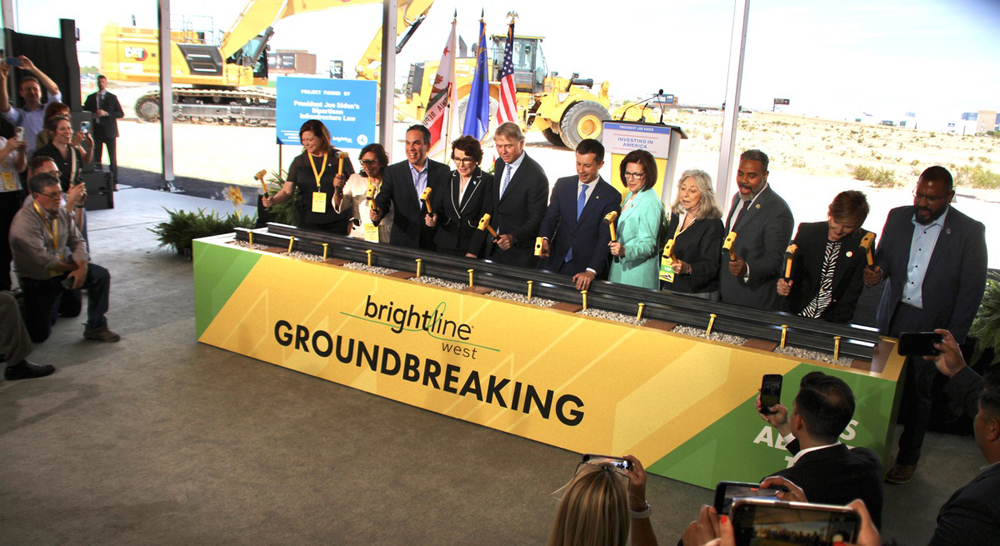
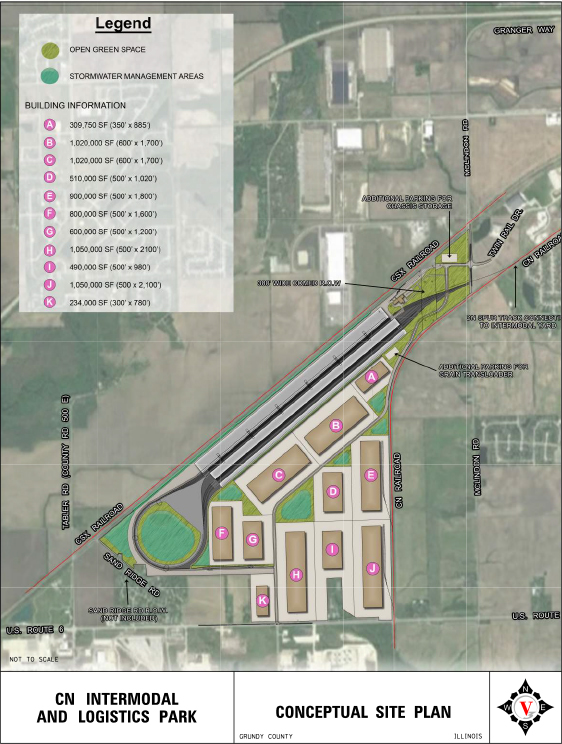

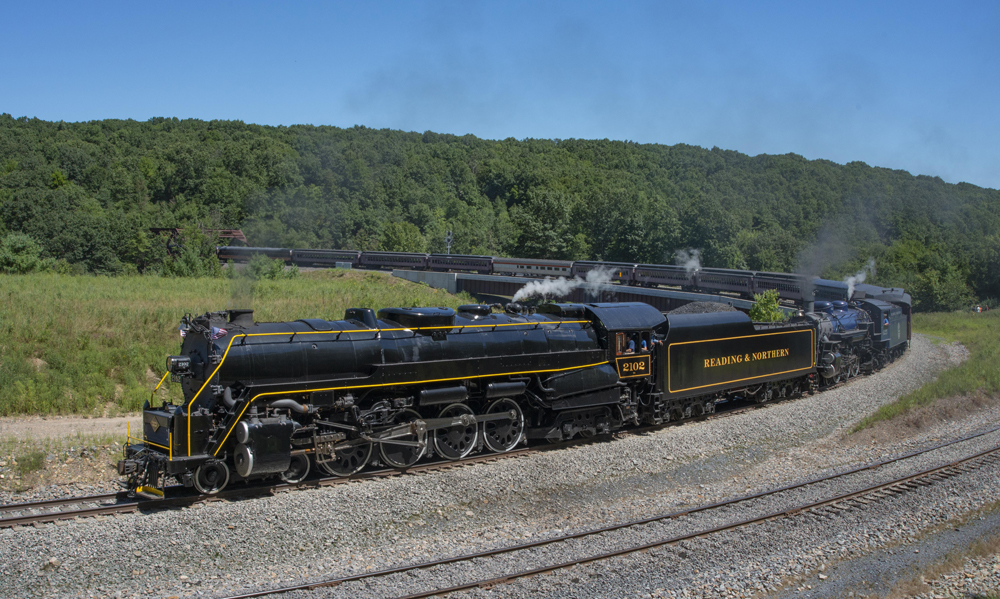
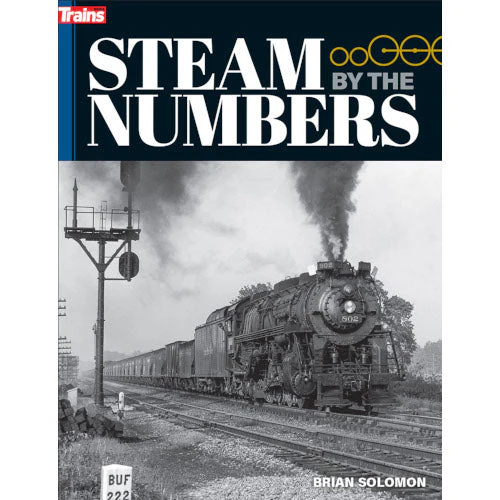

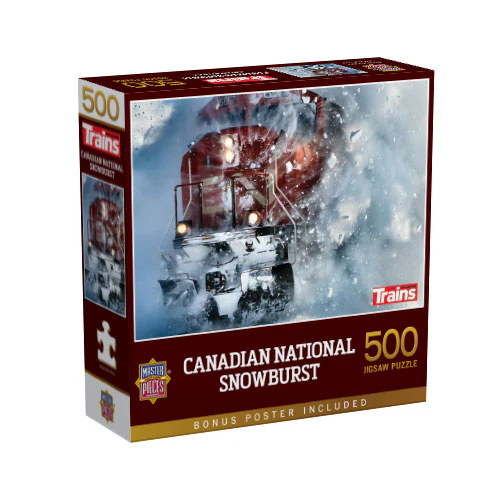
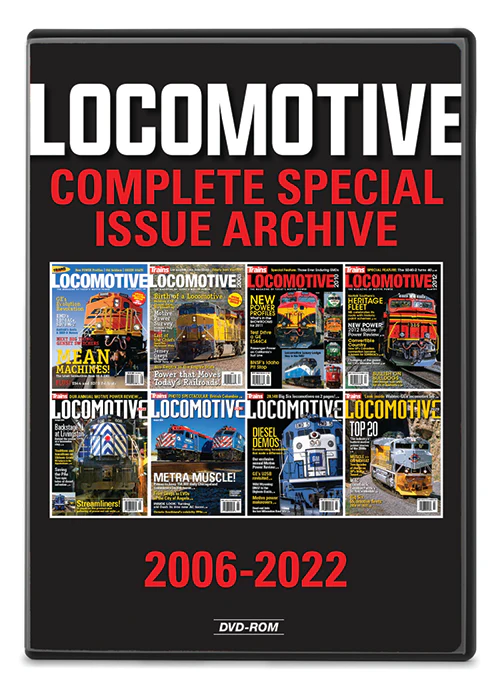
As W Cook points out, an emergency application means a trainline with no pressure, so there is no maintaining action. A service application would be maintained at the set pressure and car reservoirs would have been maintained. Perhaps the arriving crew didn’t have time to set hand brakes before going dead ‘on the law’. Also, you’d think dynamic brakes could have restrained the train once moving.
Everything I’ve read about this story is heartbreaking.
At the time I was not aware that the train had been sitting in emergency. That detail came out later. I was under the impression that it was a service application.
Mr.Andy Malycky, the train was left in emergency brake valve position for two hours. That means there is no air pressure in the train air line even though all three units were pumping air which went no where. As soon as the new engineer tried to pump up the train line, the emergency air in the pistons is released. Now you have a train with zero air brakes. All set up by the inbound engineer, and conductor who did not apply 13 hand brakes.
Anna Harding, rather than having portable derails, much cheaper to build it into the track structure as it is then automatic. All end of double track should have split rail derails that lead into a hill side. And the Safety Spurs that can lead to a very steep track up a hill to catch a run-away would help save lives for very little investment. They can be speed controlled and no longer need a switchman to be on duty listening for a horn signal. This could have been a oil train.
What would be the feasibility of keeping a portable derailer in the cab, and a regulation requiring it to be installed on the track on the downhill side on all standing trains? Would this have done any good?
Also, when the train started to move, if it was an uncommanded move, where was the crew, what were they doing, did they notice, and if they did notice what if any corrective action did they take?
The above comments are general in nature and do not form the basis for an attorney/client relationship. They do not constitute legal advice. I am not your attorney. Find your own damn lawyer.
Mr spear, unlikely that the locomotives were shut down. Air was probably still up.
This smells like Lac Megantic all over again except only 3 died instead of 47. Air leaked off and then rolled away
RIP fellow railroaders.
The upper limit of train size will most probably be determined by insurers, not by roadmasters. Their appetite for 7 and $8 million dollar loses will be final. Ditto for “platooned” and crewless trains.
So sad.